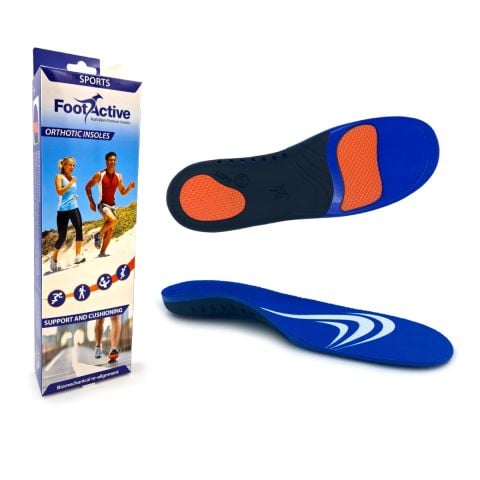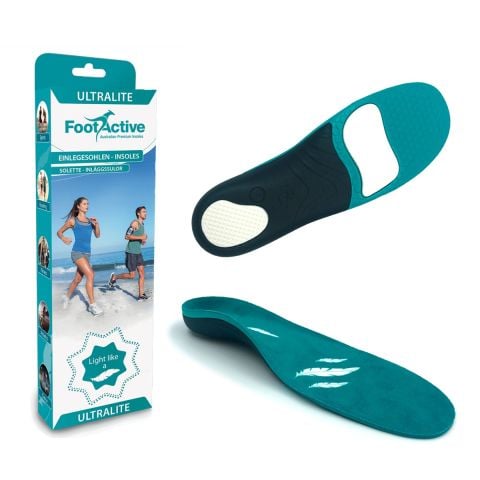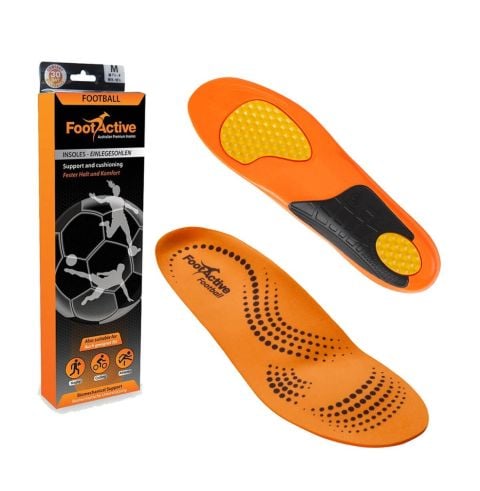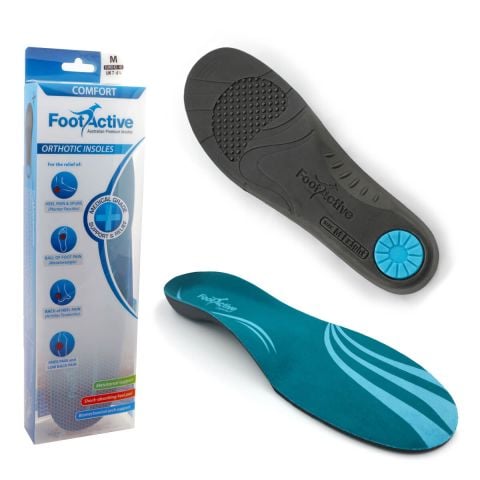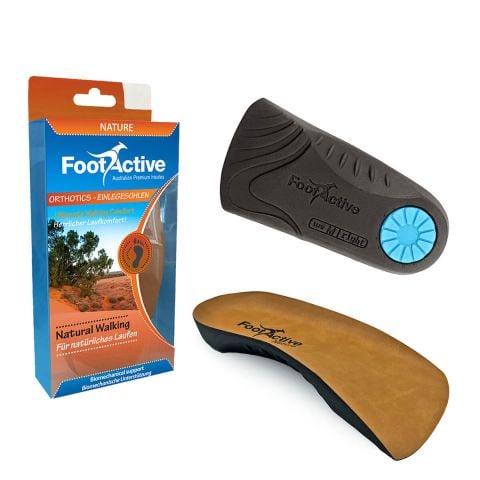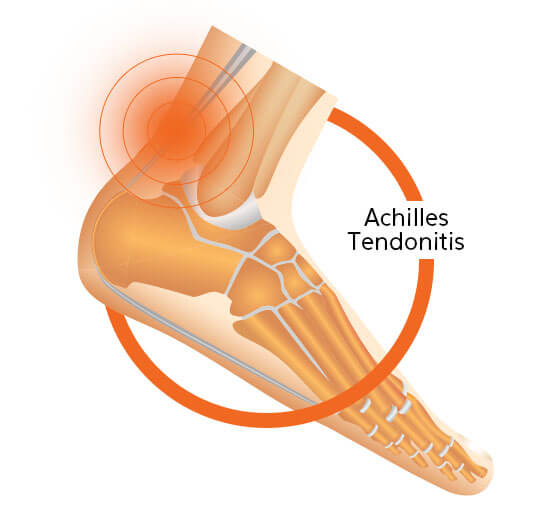Achilles Tendonitis Causes
Achilles tendonitis is a strain condition caused by overuse and overextension of the tendons, but the symptoms of Achilles tendonitis can sometimes be caused by one specific sprain or injury. Achilles tendonitis treatments are usually more preventative than permanent and focus on conditioning and strengthening the area rather than curing it completely. Most often, the best solution is to practice at-home Achilles tendonitis exercises. Achilles pain is a common problem, and often experienced by athletes, particularly long distance runners. The causes of Achilles tendonitis vary but are most frequently caused by a sudden extreme change in activity. However, what causes Achilles tendonitis to worsen is often added strain after the area has been weakened, due to the added impact.
Achilles Tendonitis Symptoms
Achilles tendonitis symptoms will usually be evident due to an inflamed Achilles tendon. These will include pain above the back of the heel that can be felt stretching up the calf, causing tightness within these muscles. Achilles tendonitis symptoms can prove to be debilitating, causing the lower leg and surrounding area to become tender to touch. Achilles tendonitis symptoms are inclusive of:
- Burning pain, shooting pain and in severe cases, extremely piercing pain
- Stiffness in the tendon and the surrounding muscles
- Swelling and noticeable inflammation (thickened tendon)
- Warmth in the affected area
- Pain when walking, running or during any activity that requires you to push off from the toes.
Achilles tendonitis symptoms can arise without warning and can develop gradually, regardless of whether you have any history of injury or trauma. More commonly, you will find that Achilles tendonitis symptoms occur in athletes and individuals who actively partake in sports, due to the repetitive strain involved. The most severe Achilles tendonitis symptoms appear in individuals who have recently changed their activity level or shifted to a more high impact form of activity.
Acute cases can be quite debilitating and make even day-to-day movement painful. If this is the case, seek Achilles tendonitis treatment from a podiatrist or consult your GP. The vast majority of cases are less severe and can largely be combatted with at-home prevention techniques and specific Achilles tendonitis exercises.
Achilles tendonitis is often overlooked as the symptoms can come and go, for example, it is often worst when returning to activity after rest. People who suffer from Achilles Tendonitis often notice that their first steps out of bed in the morning are very painful or experience pain after taking the first steps after long periods of sitting.
How to Treat Achilles Tendonitis
When considering how to treat Achilles tendonitis, there are various forms of Achilles tendon pain relief options. Depending on the extent of your Achilles tendonitis symptoms, certain practices should be put into place. In athletes, Achilles tendonitis treatment can be more difficult, due to high impact activity levels and the reluctance or inability to stop exercising. If you are suffering from debilitating Achilles tendonitis symptoms, rest is an excellent option, but if you are unable to stop training, you should attempt to partake in a lower impact form of exercise. If an athlete is totally unable to stop training, arch support insoles for Achilles tendonitis are a great option for Achilles tendon pain relief. Insoles for Achilles tendonitis are unintrusive and can be worn in sports shoes, or even everyday shoes if you do so wish. Strengthening the Achilles tendon and ensuring it is supported is elemental to your overall recovery. FootActive Comfort insoles for Achilles tendonitis can help reduce pain by supporting the arch to re-align the foot, assisting with Achilles tendon pain relief.
Additional Achilles tendonitis treatment you can practice, such as Achilles tendonitis exercises, are an accessible, easy to manage means of Achilles tendon pain relief, and can be completed with limited or no apparatus. Simple toe stretches, with your foot pointing at a 45-degree angle upwards (with your heel on the floor) will help strengthen the area. Floor stretches and plantar fascia stretches are also an effective Achilles tendonitis treatment.
For more information on Achilles tendonitis treatments, exercises and causes, contact one of our foot experts, today!
Achilles Tendonitis FAQs
How do I know if I have Achilles tendonitis symptoms?
Experiencing uncomfortable pain and swelling in the back of your heel that worsens when walking is an obvious Achilles tendonitis symptom. Sufferers also notice tight calf muscles, a limited range of motion when you flex your foot, and the affected area becomes warm to touch.
What causes Achilles tendonitis?
Achilles tendonitis is caused by a strain condition caused by overuse and overextension of the Achilles tendons, commonly experienced by athletes. Achilles tendonitis can also worsen over time due to repeated strain after the area has been weakened.
Can you train/play sports with Achilles tendonitis?
It is highly recommended to avoid jumping, running or any high impact activities that increase strain to the Achilles tendons. Athletes that are unwilling or unable to change their training plan should consider Sports insoles to provide necessary support.
How to treat Achilles tendonitis?
As the condition can worsen with constant strain, it is strongly advised to rest the Achilles tendons. There are also some easy-to-do exercises that can be completed with limited or no apparatus. Other treatments include the use of supportive insoles and compression socks for assistance with Achilles tendon pain relief.
Can insoles For Achilles tendonitis Help?
Sports insoles for Achilles tendonitis an provide extra support to the arches of the foot and cushioning to the heel, proving a great deal of Achilles tendon pain relief. This lowers the risk of over-pronation and reduces impact to the heel. Therefore, lowering the amount of strain on the Achilles tendons. Sports insoles for Achilles tendonitis are also great at preventing Achilles tendonitis in the first place.
What happens if Achilles tendonitis goes untreated?
Ignoring Achilles tendonitis could lead to a rupture of the tendon. This is most likely to happen when continuing to apply stress on the tendons after Achilles tendonitis occurs.
How long does Achilles tendonitis last for?
Unfortunately, there is no definitive answer to this question. Recovery time can be reduced if treated correctly, but for most people it can take around 12 weeks for pain to subside, and movement to return to normal.

